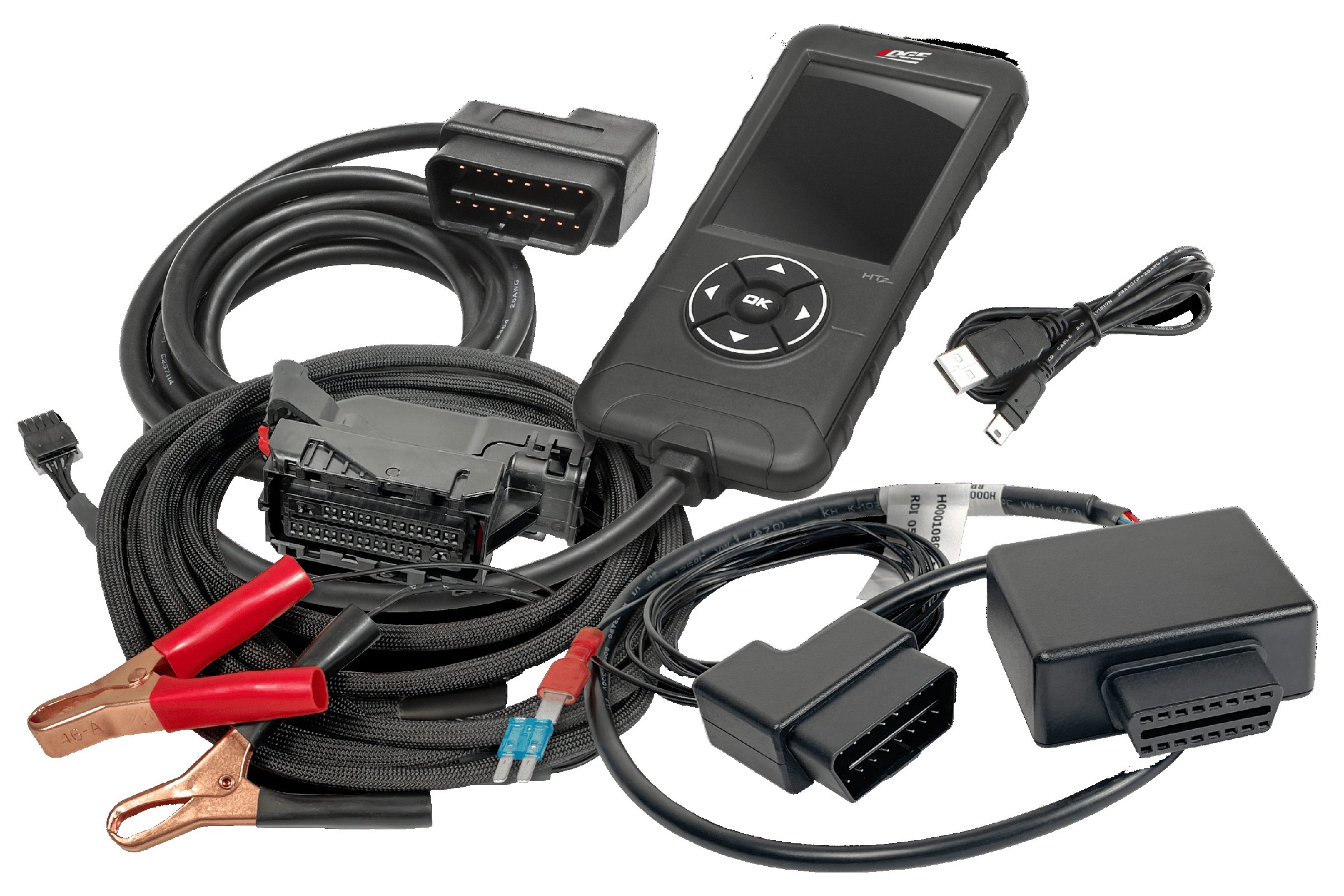I get asked a lot of questions about various trucks and model years, and I try to answer as many questions as I can. One that keeps popping into my email folder has to do with Duramax engine generations. In short, which Duramax is best?
What years are best and what should I avoid? Are there any main concerns that I need to consider, etc.? What are the most common issues of the LB7, LLY, LBZ, LMM, and so on? So, I thought it might be worthwhile to create this short guide as to the pros and cons of each generation.
Every generation of the Duramax has strong points and usually, at least one weak point. Some engines are more popular than others. For example, a Duramax LB7 is a pre-emissions Duramax engine made between 2001 and 2007. These are highly sought-after by many enthusiasts because of their reliability. On the other hand, the more modern engines easily deliver more horsepower, torque, and upgrade capability with performance parts. So, let’s take a look at each generation and then decide which Duramax is better.
Which Duramax: The Good, The Bad, And…

With a lack of factory-installed emissions equipment, the LB7 is a popular choice among Duramax fans.
LB7: 2001 Through 2004
The LB7 arrived in 2001 and is still popular in the used engine market. Unless originally sold in California, LB7 engines didn’t include any emission control devices. The lack of emissions parts makes the engines very reliable. The block of the LB7 is rock-solid and so are most of the internals. If there is one weak point with the LB7, it is cracked or leaky injectors. Many times, this requires the replacement of the injectors. Luckily, modern Duramax diesel parts can easily resolve most of the old issues with the LB7. If you’re looking at one now, there’s a good chance that any weak or failing parts have already been replaced.
LLY: 2004.5 Through 2006
The LLY Duramax had one of the shortest spans of use of any Duramax engine. It is very similar to the LB7 in structure, parts, and the lack of emissions control. However, the LLY is capable of accepting the largest amount of additional horsepower from tuning only when compared to any other Duramax engine except the L5P. It does, however, have a weakness. The LLY traded the LB7’s injector issues for overheating issues related to heavy-towing and blown head gaskets. The good news is that head gaskets are easier and cheaper to fix compared to bad injectors.
LBZ: 2006 Through 2007
While the LLY’s run was short, the run of the LBZ Duramax was even shorter. The LBZ still lacked emissions control devices, which makes it one of the more popular Duramax engines. It has the best potential for performance and horsepower gains through hard-parts upgrades and tuning. The LBZ weakness is that pistons are known to crack when the engine climbs to more than 600 horsepower. However, this isn’t usually an issue for most owners because that output takes a lot of mods and cash.

The LBZ is great in stock form, but get horsepower numbers above 600, and it needs some upgrades to survive.
LMM: 2007.5 Through 2010
The LMM engine ushered in the emissions era of Duramax. Although the LMM is almost the same as the LBZ, which makes it a very good engine, it features several new emissions control devices. These added complexities include a diesel particulate filter (DPF), an oxidation catalyst, and a new EGR. All three of these emissions parts can be failure points in this engine. You can also plan on fuel economy being hampered as the exhaust emissions-reduction treatment uses fuel to work. The plus side is that this engine is otherwise the same as the LBZ and features plenty of power and reliability.
LML: 2011 Through 2016
The LML Duramax delivered a bump in performance from the previous engine and offered almost 400 horsepower in the stock configuration, and 765 lb-ft of torque. This power increase came with the benefit of a more robust block, rods, pistons, and main bearing that were all strengthened. The high-pressure fuel pump used with the previous LMM was abandoned and a smaller pump limits power gains from tuning or bolt-ons. That said, the LML has plenty of power right out of the box, and this engine is great for towing and offers good reliability. The main con is the limited tuning potential.
L5P: 2017 To Present
The most recent iteration of the Duramax is the L5P which was launched in 2017. Power was increased from the previous generation and comes in at 445 horsepower and an incredible 910 lb-ft of torque. The L5P utilizes a lift pump to relieve stress on the main High-Pressure Fuel Pump (HPFP), which aids horsepower production and fuel system reliability. The L5P is still fairly new, but all signs point to beneficial tuning possibilities and modification potential. Overall reliability looks good, but the L5P hasn’t been on the road long enough to rack up many miles and prove its longevity. We’ll have to wait and see how it does in the long haul.

The L5P is the latest iteration of Duramax and is the first time we see aluminum heads on a Duramax.
With the generations all listed, do you have a favorite Duramax engine? They each have good and not-so-good aspects. Is there one that sticks out when you’re asked, “Which Duramax is best”? Let me know your thoughts.






